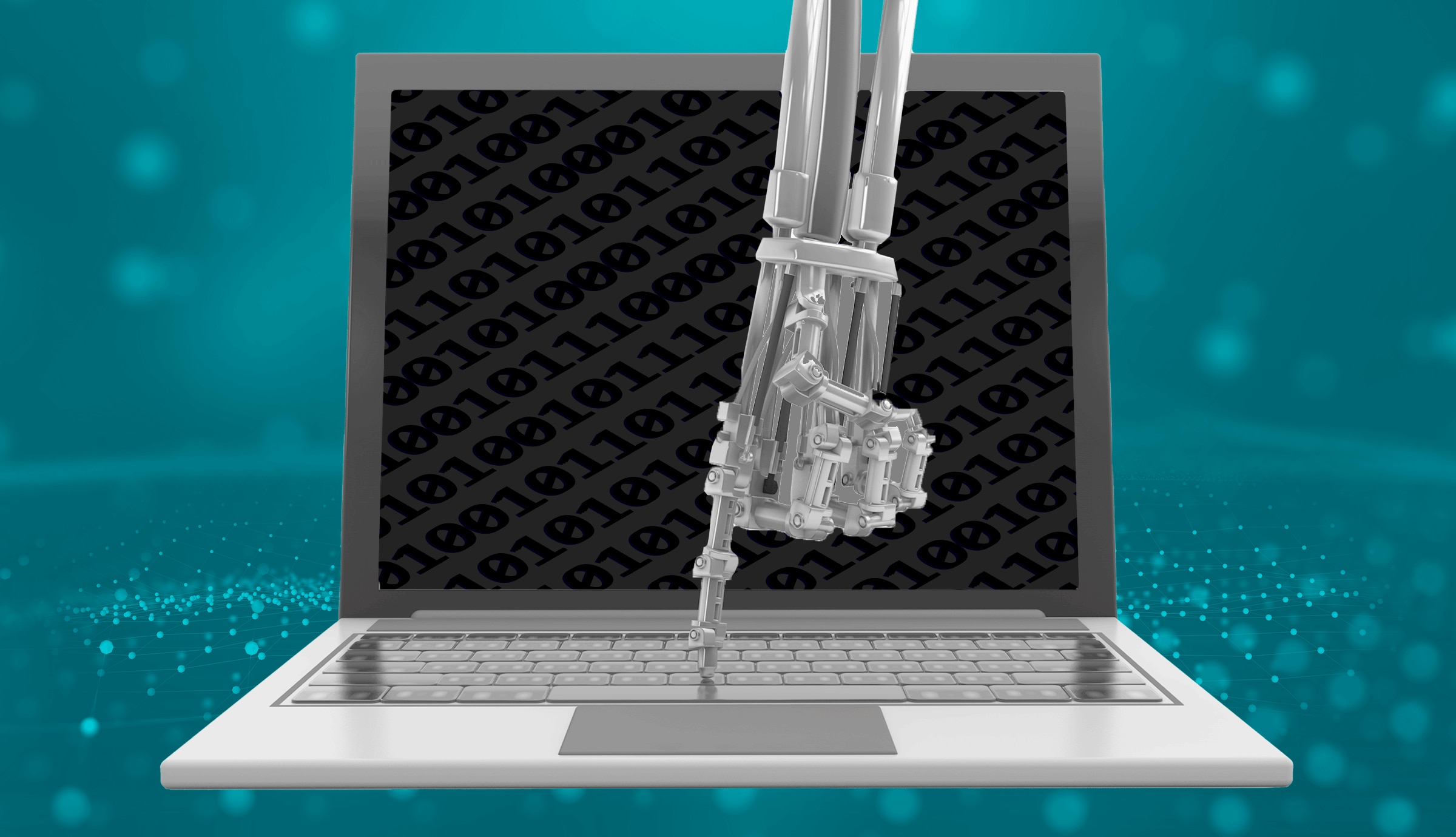By Leigh Brown
First off, what is synthetic monitoring? What if synthetic monitoring meant monitoring whether or not something is real or fake…watch out Kardashians! Jokes aside, no, synthetic monitoring doesn’t monitor celebrity plastic surgery decisions. Synthetic monitoring is a kind of website performance monitoring that simulates user interactions with a site. A great synthetic monitoring tool instantly alerts you when an issue is encountered. Issues like, a transaction step failed in the shopping cart process, or your whole web application is unavailable, or the form to download your amazing Year in Review whitepaper isn’t working.
Synthetic monitoring helps you be the first to know of website performance issues, so you can find and fix them immediately, reducing troubleshooting time and impact to end users. You can get alerted when your web applications are loading slower than your SLA, when your SSL certificate is about to expire, when a critical site transaction step has failed, or when your entire site is unavailable to customers. Need any more reasons to monitor site performance? Don’t answer that. We’ve got at least three for you.
1. No one wants to find out about a performance issue from the end user.
Maybe your social media team notifies you Twitter is roasting your brand, or the support team forwards an email from customers. However it happens, wouldn’t it have been better if you caught the issue first? Don’t get us wrong, we get it, s*** happens. From client-side to server-side, there are plenty of reasons an application performance issue can be happening. What matters is how quickly you can find and fix the issue. Fear not, because reducing negative impact to customers can be achieved! If there is a way to consistently monitor your website so you’re alerted the moment there’s an issue, why wouldn’t you?
2. There’s enough competition out there. Don’t be your own worst enemy.
There’s a lot of noise in the digital space. We don’t need to be the ones to tell you everyone is inundated with information, advertisements, and marketing “disguised as information,” every day. Add to the noise factor, the direct competitors vying for your prospects’ attention and budget. Additionally, everyone expects websites to be fast and functioning…in an instant. How frustrating is it when a page is slow? Or when the site doesn’t load at all? Bye, Felicia. Thank u, next. [Insert modernized “Hasta La Vista” alternative here.]
3. You never get a second chance to make a first impression.
Your website is your digital storefront and your #1 marketing asset. It’s where people can learn more information about your business, download assets, connect with you, login, and check out. It’s also where all of your marketing efforts and dollars direct prospects to. If customers have a bad experience with your site, it’s your brand’s fault. They’ll move on quickly, and if they’re nice, they might let you know about the performance issue that turned them away (hopefully not publicly). A speedy, reliable digital experience fosters brand trust and brand loyalty. When all we have is the digital experience to rely on, website availability and performance hasn’t been as critically important to your business as it is today.
Now that you know why you need synthetic monitoring, it’s time to figure out which tool to use. To get the peace of mind synthetic monitoring can provide, you need to be sure the tool you’re relying on is the best for you. Other considerations might include things like ease of use, accuracy, affordability, alerting capabilities, and whatever else is specific to your needs and environment. Check out this extensive analysis of popular synthetic monitoring tools from most affordable to most robust featured on DZone. And if you haven’t already, start a free trial of SolarWinds® Pingdom® today.



























